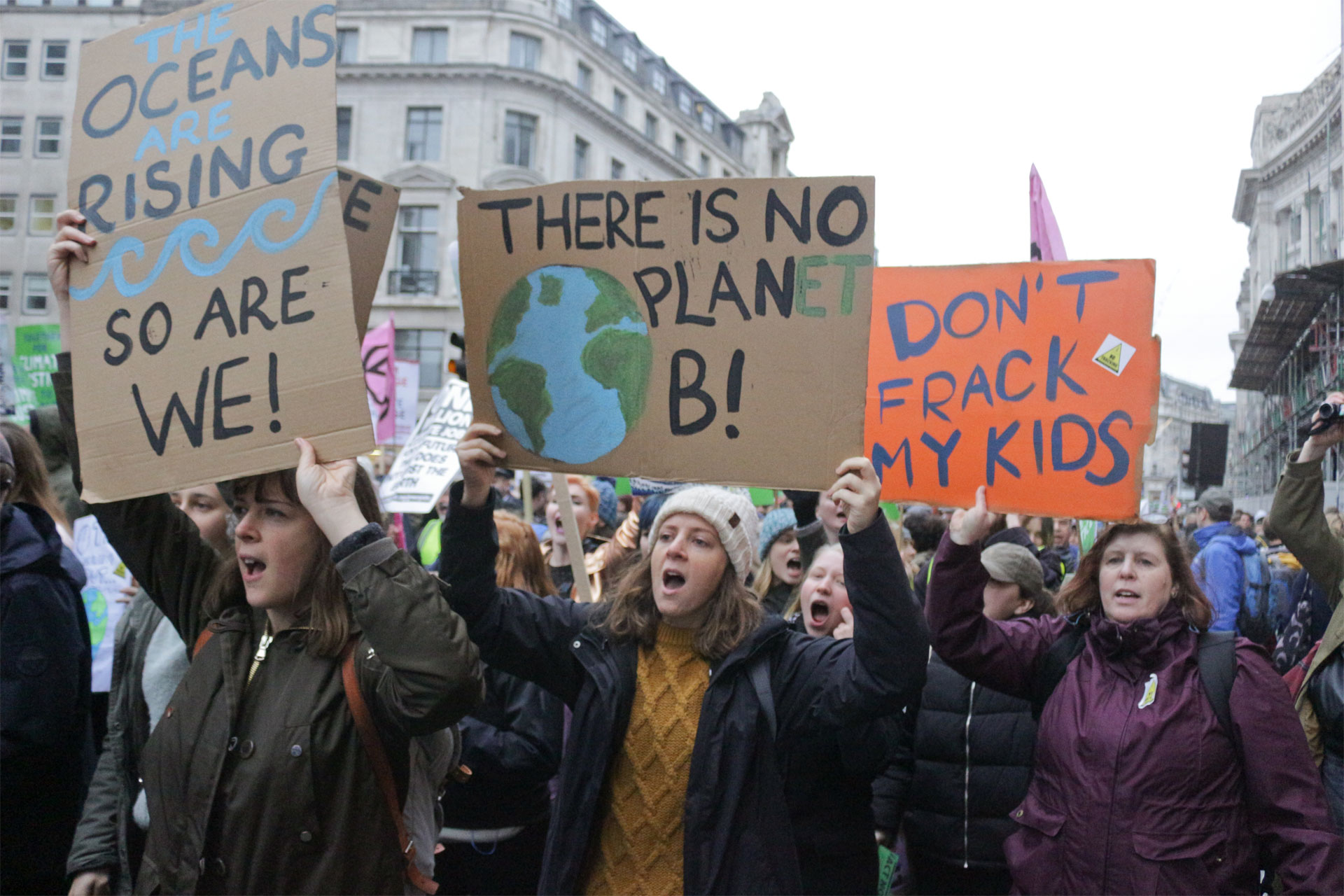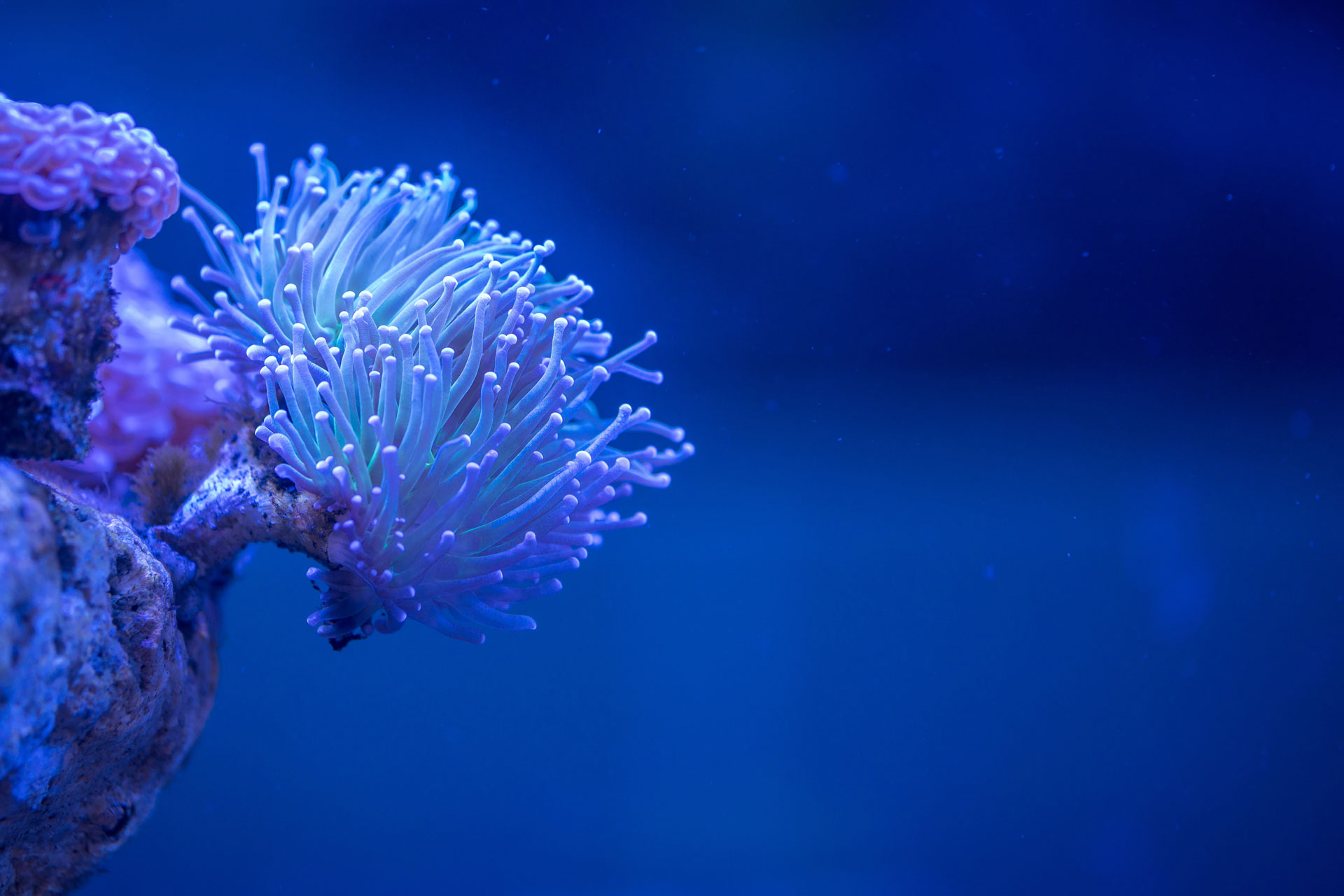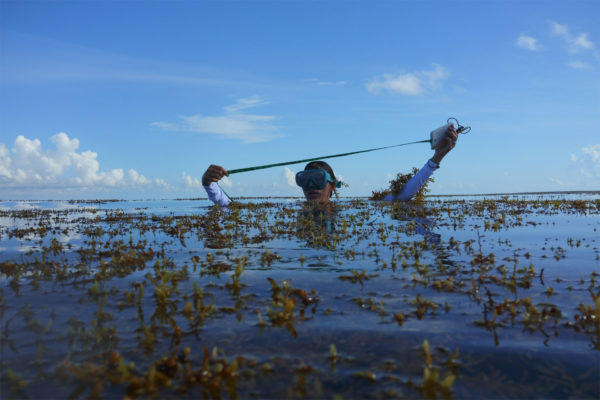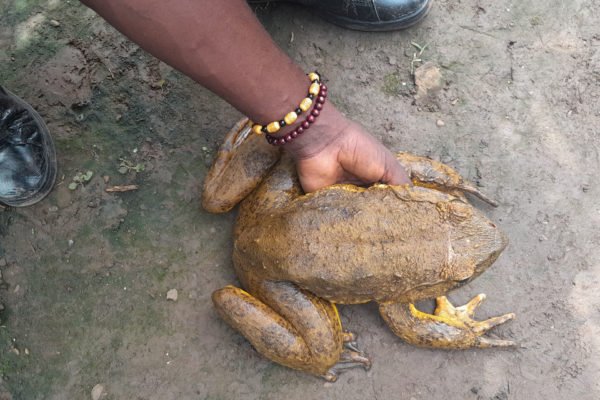The UN High Seas Treaty: Why Are Our Seas Important?
By
2 years ago
What do you actually need to know about the High Seas Treaty?

Earlier this year, the UN passed a historic treaty regulating the use of the high seas. But why did they need this treaty – and what even is a high sea? Here’s what you actually need to know about the UN High Seas Treaty and why our oceans matter.
What’s The Big Deal About Our Oceans (And What Is A High Sea)?
What Is A High Sea?
The high seas are oceans that lie outside of national boundaries, and that do not belong to any nation. These make up 60 percent of the world’s oceans, and cover nearly half of the planet’s surface. Every nation has the right to fish, ship and do research in the high seas, and up until now, these activities and their use was largely unregulated.
What’s The Big Deal About Our (High) Seas?
The ocean – and particularly the high seas – are an important check and balance for the earth’s atmosphere. The sea is essentially the world’s largest carbon pump, absorbing and taking carbon dioxide out of the air and storing it.
It also produces nearly half of the earth’s oxygen – more than all of the world’s tropical rainforests combined – thanks mostly to oceanic wildlife like plankton which photosynthesise.
However, climate change means the amount of oxygen it produces year on year, and the amount of carbon dioxide it stores, is in decline. This is an existential threat for all life on our planet.
The UN High Seas Treaty: What Is It (And What Does It Mean)?
Why Do We Need An Ocean Treaty?
There is now an ocean treaty because, until now, the high seas have been largely unregulated – only 1.2 percent of the high seas are currently under protection. This has begun to create tensions; as the global population expands, there is real question as to how we should conduct ourselves in the high seas and share its resources.
In addition, as the effects of climate change become increasingly apparent, the high seas are under serious threat of pollution, exploitation and global warming. Nearly 10 percent of global marine species are at risk of extinction, according to the International Union for Conservation of Nature, and issues such as deep sea mining and overfishing are potentially to blame for this.

Together For Climate Justice protesters in 2018. Photo by Steve Eason via Flickr.
The climate crisis has pushed this issue to the fore, because the ocean is less and less able to help us regulate the amount of carbon dioxide in the atmosphere.
What Is The UN High Seas Treaty?
The UN High Seas Treaty is the result of nearly 20 years of talk on the topic – and two weeks of ongoing debate, concluding in early March 2023. It is a historic deal, building on the last international agreement on ocean protection signed in 1982, creating a legal framework for how nations approach oceans that lie outside of national boundaries.
The treaty itself regulates how we act towards or using marine wildlife, how we manage the use of the high seas plus its resources, and how we share marine technologies between nations. It does so by designating areas of the high seas as ‘marine protected areas (MPA)’, and any activity in MPAs are bound by environmental impact assessments.
More widely, the UN are aiming to ensure that 30 percent of the world’s land and sea are ‘under protection’ by 2030, in a target called ‘30 by 30’. This treaty is a vital step towards this.
What Does This Actually Mean?
The High Seas Treaty establishes marine protected areas in previously unregulated areas of the oceans. This brings in limits and regulations on the activities that can happen within them.
Fishing, for example, will be limited in those spaces, to prevent overfishing. Shipping paths will be examined for how they might disturb or affect biodiversity in the area. Similarly, deep sea mining will be monitored to prevent any toxic byproducts entering the ocean and hurting marine creatures – and to ensure there is an equitable share of resources.
Marine species will also be better monitored with a more multilateral approach. Conservation efforts of creatures at sea has been hampered in recent years by a jumble of laws, imposed by many different countries and policymakers. The treaty will simplify how the world’s conservationists look out for marine biodiversity.

Image by Egor Kamelev via Pexels.
Finally, the most technologically-enabled states will be encouraged to share knowledge when it comes to conserving the ocean.
However, just because the High Seas Treaty has been passed does not mean that it is already in effect. Member states now need to formally adopt the treaty and ratify it.
The new treaty also has some significant limits which conservationists have flagged as alarming. In particular, existing bodies which regulate activities around fisheries, shipping and deep sea mining are allowed to continue to do so without needing to conduct an environmental impact assessment.
Featured Image: Photo by Matthew Barra via Pexels.







